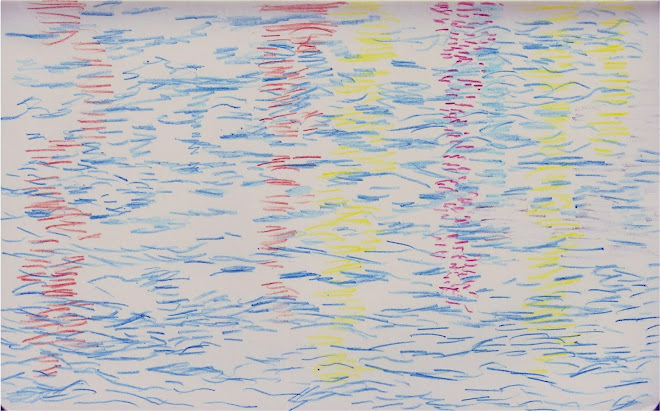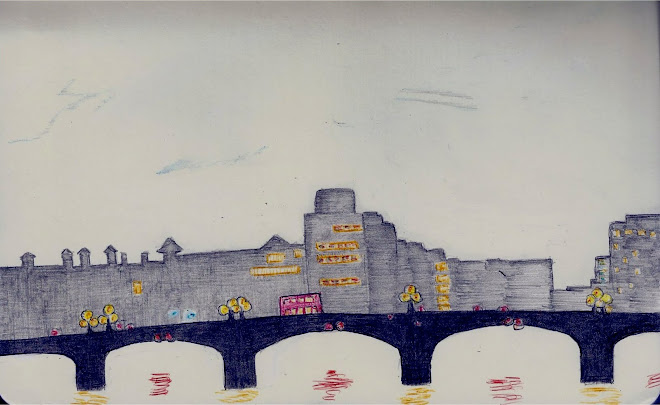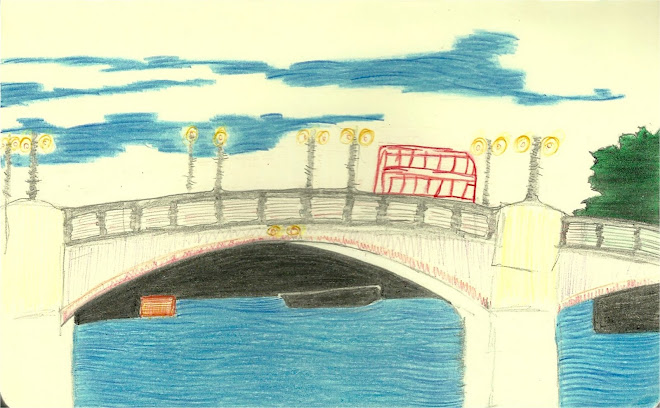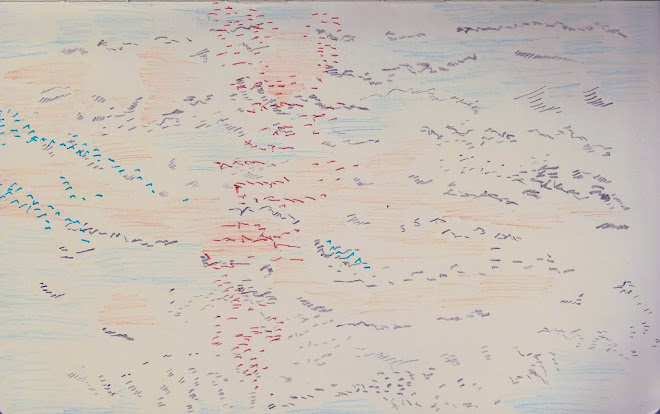It was a surprise to see them - in amongst the cases of ancient Greek and Egyptian artefacts - the Indonesian wayang masks and puppets, the bronze gamelan instruments. A gong with the Indonesian central boss.
And there I was again, in a moment, at the door of the dusty showroom at the Bogor gong factory, 2 hours from Jakarta. The Saturday traffic snarled and roared in the street behind me and, to the fore, the hammers of the workmen in the darkened forge chimed, gradually flattening the metal for another gong. When my luck was in, there would be wayang golek for sale, as well as an assortment of gamelan.
The wooden golek heads and limbs were carved and painted in traditional elaboration. The clothes were patterned and satin, sequin-studded. It was an endless source of wonder. 'Which character is this?' I would ask. They would tell me the name of the Ramayana character based on their examination of its features. The carver provided no information other than the work itself. Sometimes the staff would talk about it a bit. Sometimes they would call in one of the older men to give a final opinion.
I stood in the Museum, looking at pieces collected 200 years ago. They could have been collected yesterday.
I caught the train to the river, where a bird, probably looking much like its antecedents 200 years ago, was catching fish at low tide. I made a drawing.
Monday, 28 March 2011
Tuesday, 22 March 2011
British Museum again - Balkan textiles
The richness and variety of the wedding dress was unexpected - layered and pleated, embroidered and crocheted, woollen and linen, draped with coin belts, fastened with embossed silver buckles.
The wedding dress of Indonesia was also unexpected - at least to my western, white-lace-trained eye. I sat one day in a songket workshop in Palembang, south Sumatra, as a young women whirled about her length after length of red brocade - golden threads and silk in elaborate abstracts - patterns glinting in the dim light.
In the Balkans and Sumatra alike, companions also wore sumptuous clothes, grand gestures for moments of magnificence.
I took the number 19 bus to the Thames. We passed through Sloane Square - a place of magnificence, with almost more fashion in the streets than in the shops. Beside Battersea Park I made a drawing.
The wedding dress of Indonesia was also unexpected - at least to my western, white-lace-trained eye. I sat one day in a songket workshop in Palembang, south Sumatra, as a young women whirled about her length after length of red brocade - golden threads and silk in elaborate abstracts - patterns glinting in the dim light.
In the Balkans and Sumatra alike, companions also wore sumptuous clothes, grand gestures for moments of magnificence.
I took the number 19 bus to the Thames. We passed through Sloane Square - a place of magnificence, with almost more fashion in the streets than in the shops. Beside Battersea Park I made a drawing.
Saturday, 19 March 2011
The British Museum - Afghanistan Exhibition
Soft power: changing perception, influence by invoking wonder.
The civilisations and trade routes of Afghanistan were illustrated by 3,000 years of artefacts - gold, glass, ivory - the statuary and other relics of cities and nomads - princesses, bearded bulls and river gods.
War was referenced in a shattered statue, delayed excavation, treasures in hiding.
The long history of Eurasian trade and civilisation was laid out, and the shorter stories of sporadic war.
As in Afghanistan, so in Indonesia.
But it was easier in Afghanistan, the investment was relatively small - horses and camels traversed deserts and mountains. For Indonesia, one needed ships.
Later at Canary Wharf, I watched boats surge against the tide, and made a drawing.
The civilisations and trade routes of Afghanistan were illustrated by 3,000 years of artefacts - gold, glass, ivory - the statuary and other relics of cities and nomads - princesses, bearded bulls and river gods.
War was referenced in a shattered statue, delayed excavation, treasures in hiding.
The long history of Eurasian trade and civilisation was laid out, and the shorter stories of sporadic war.
As in Afghanistan, so in Indonesia.
But it was easier in Afghanistan, the investment was relatively small - horses and camels traversed deserts and mountains. For Indonesia, one needed ships.
Later at Canary Wharf, I watched boats surge against the tide, and made a drawing.
Subscribe to:
Posts (Atom)











































